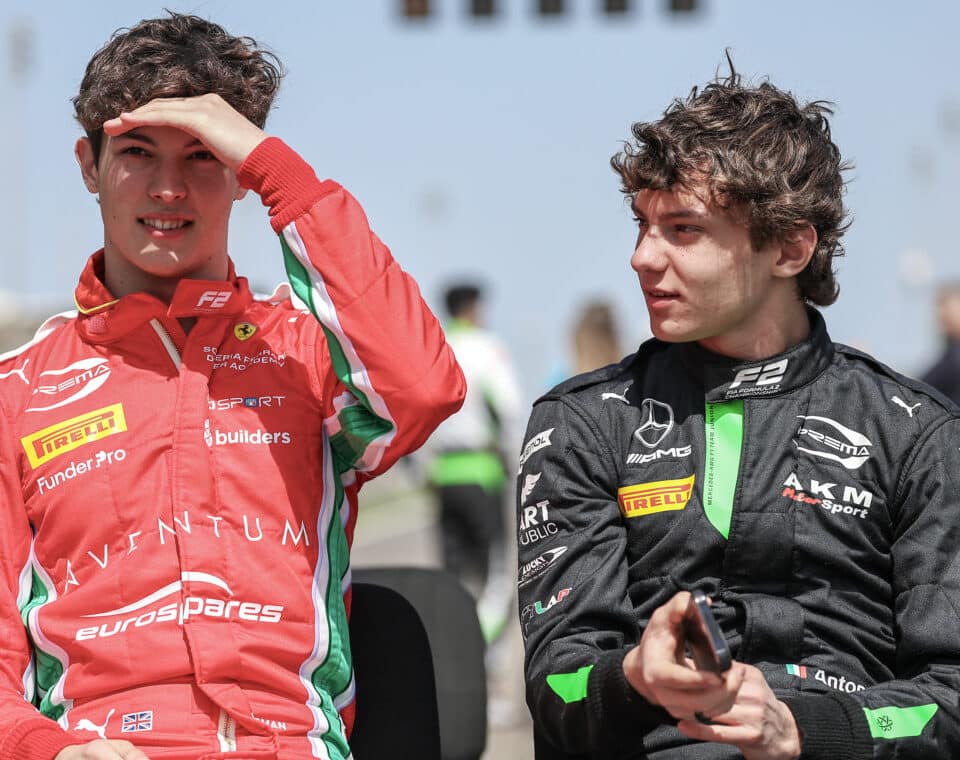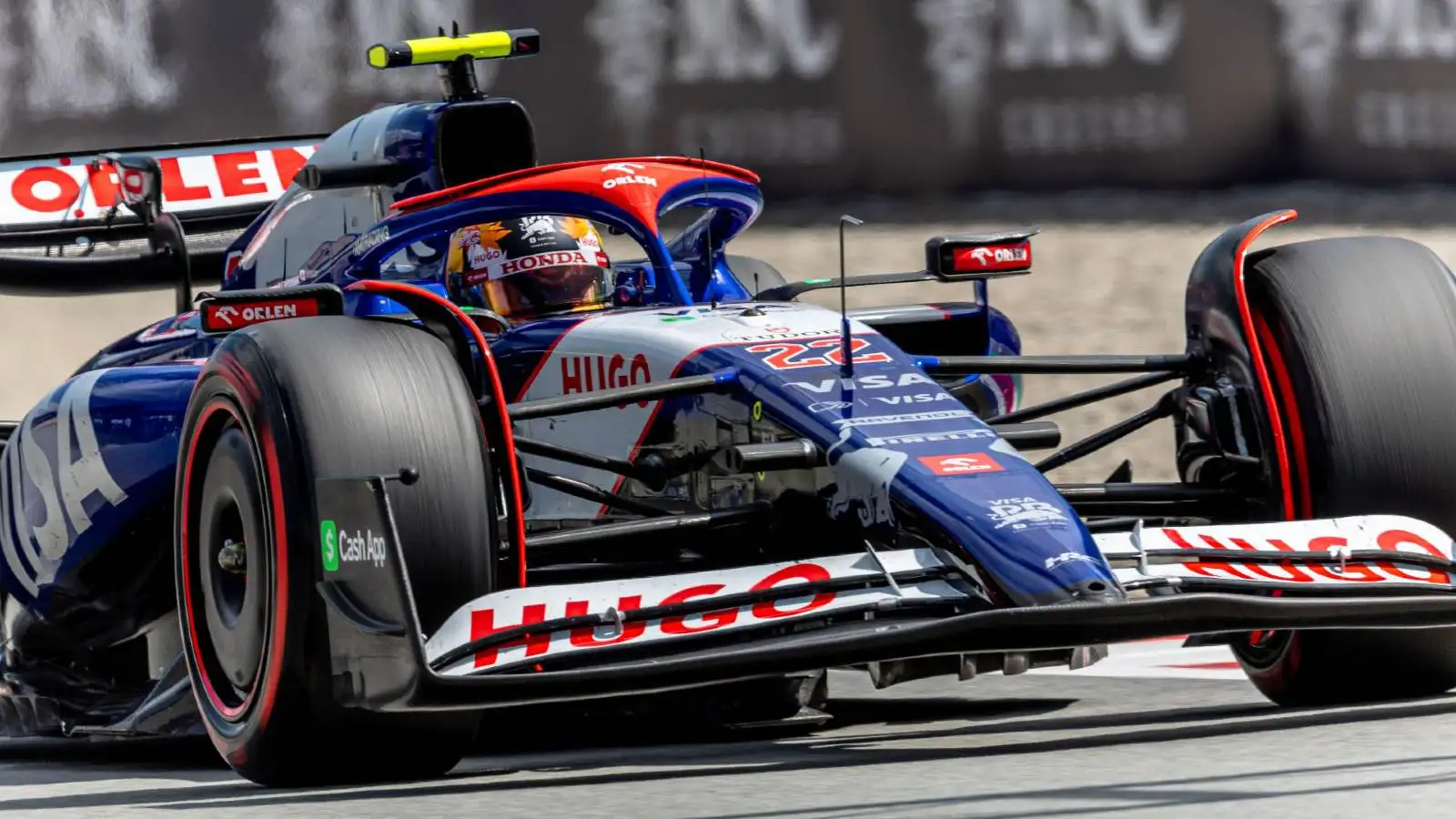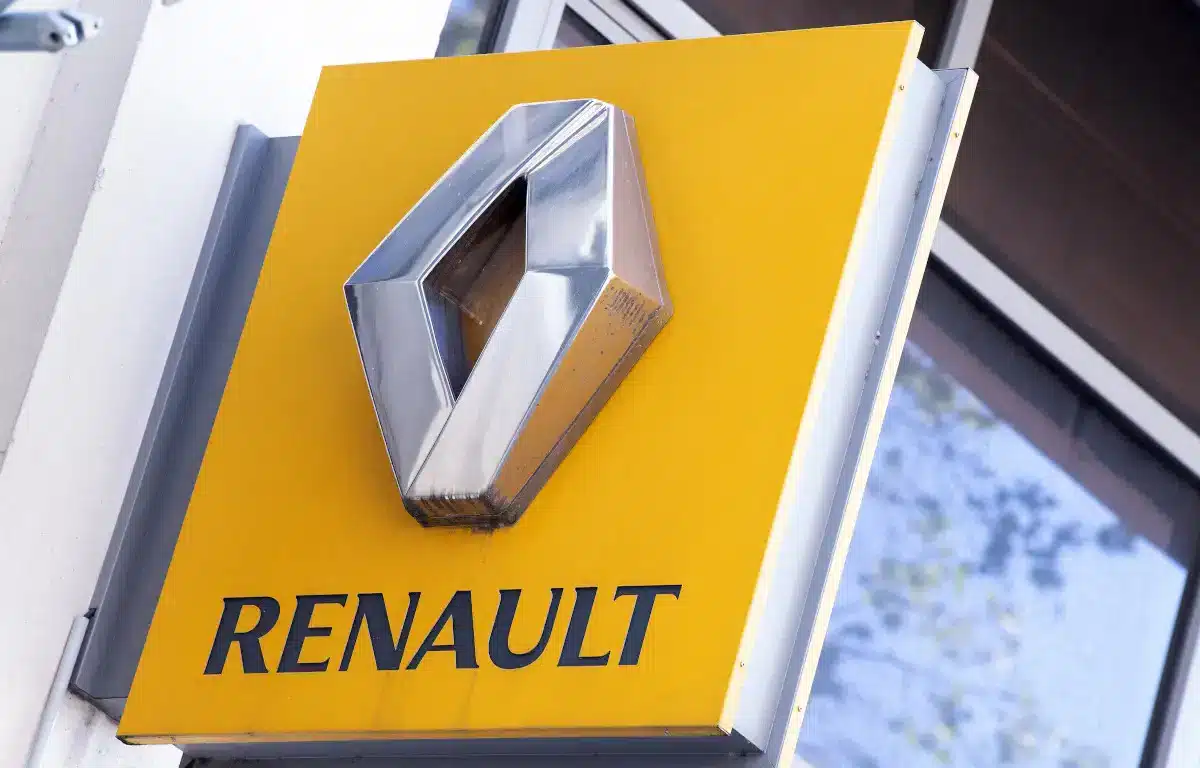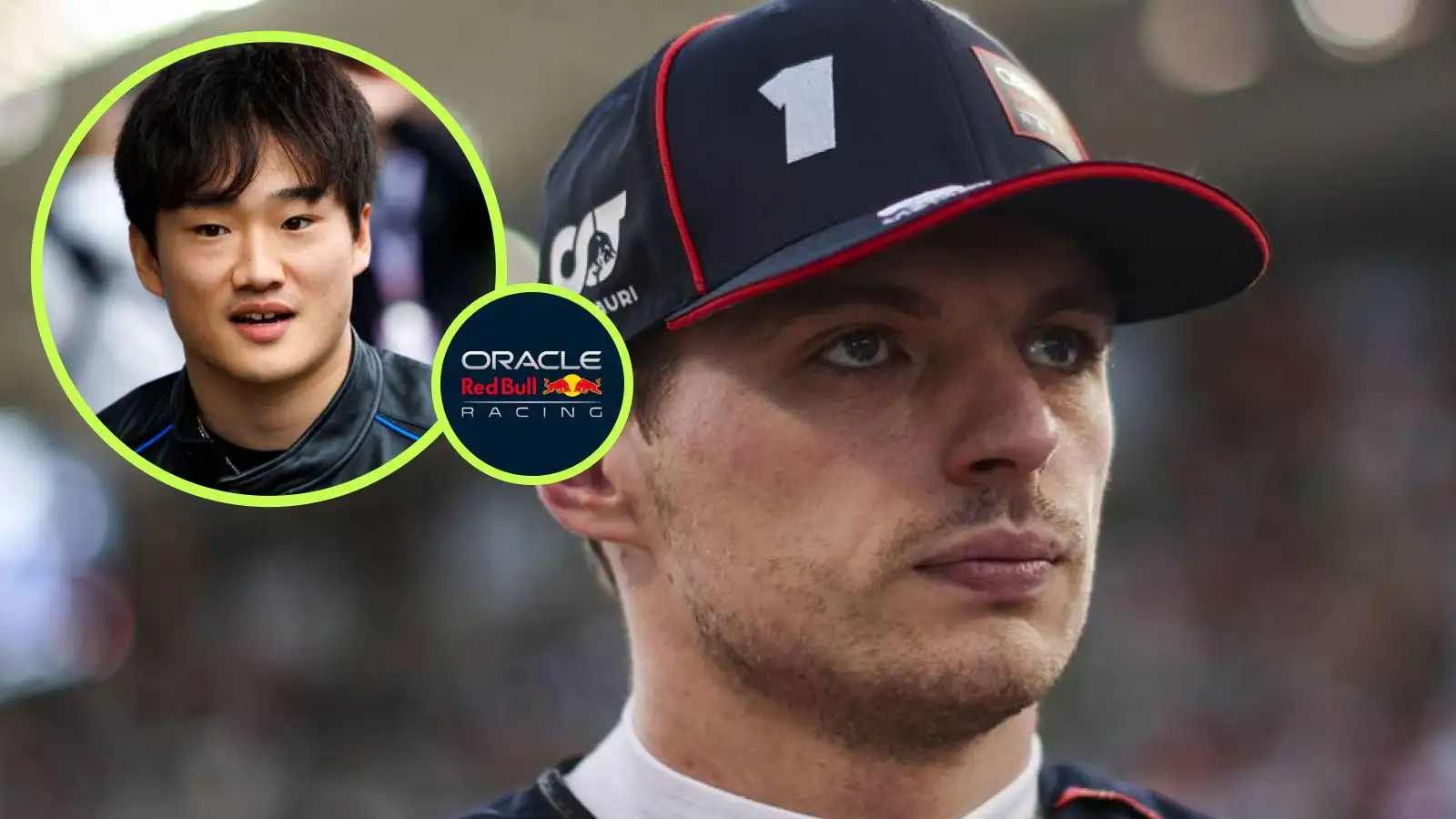Earlier this season, there were fears that Formula One was dividing into two leagues, with top teams like McLaren, Mercedes, Ferrari, and Aston Martin consistently finishing in the top ten and shutting out the rest from scoring points.
The F1 commission discussed expanding the points system to award drivers finishing in the top twelve. However, this idea was unanimously scrapped in the recent London meeting. Other racing series award points to more than half the field. In F1, critics argue the system makes it hard for smaller teams to score.
Sky Deutschland’s Malte Gottlinger noted how the balance of power had shifted. “Shortly before the summer break, the balance of power has changed so much that all of the teams except Sauber were able to score points,” he said. This made the expanded points proposal less impactful.
Tobias Gruner from Auto Motor und Sport agreed. “The gap between the two halves of the table has narrowed significantly compared to the first five races. Alpine has scored points five times in the last eight weekends,” Gruner highlighted. This shift in standings convinced team bosses that a change was unnecessary.
There’s a shadow table for teams scoring zero or tied on points, based on best race finishes. Some say expanding the points system would make lower positions more transparent. Discussions also involved a wild card system to introduce young drivers, although progress is limited due to financial restrictions imposed by the cost cap.
In the interim, consideration is being given to allowing rookies to race in Sprint events. These events have their own qualifying sessions, potentially offering opportunities for young drivers without disrupting regular races. This idea aims to find a balance between showcasing new talent and maintaining fair competition.
The problem is compounded by the limited grid size—just 20 cars. Unlike the Indy500, which has a field of 33 cars, F1’s smaller grid makes entry more competitive. Oliver Bearman‘s recent success in stepping in for Carlos Sainz highlighted this issue. Although his F2 results were mediocre, his F1 performance earned him a future drive with Haas.
Bearman’s case was emphasized by Dr. Helmut Marko, who said, “With Oliver Bearman, he was in the right place at the right time and will move up to Formula 1 next year. It’s good that young people are coming into Formula 1, I’m absolutely in favor of that.”
However, introducing more testing for young drivers is not a viable solution due to cost cap constraints. Most young driver tests use F1 cars from two years previous, making benchmarking difficult. While Sprint events could offer exposure, they also risk impacting full-time drivers if a rookie causes a major crash.
Michael Andretti might smirk at this situation. He and his proposed F1 team have heard claims that the current competitors are financially stable. Last season, Guenther Steiner commented, “Five years ago, you could get teams for nothing. Now, all of a sudden, everybody wants a team.” This stability contrasts sharply with past struggles.
In conclusion, while changes to the points system were scrapped, the ongoing discussions around introducing rookies through Sprint events or other means highlight F1’s evolving landscape. The sport aims to balance showcasing new talent with maintaining competitive integrity.










